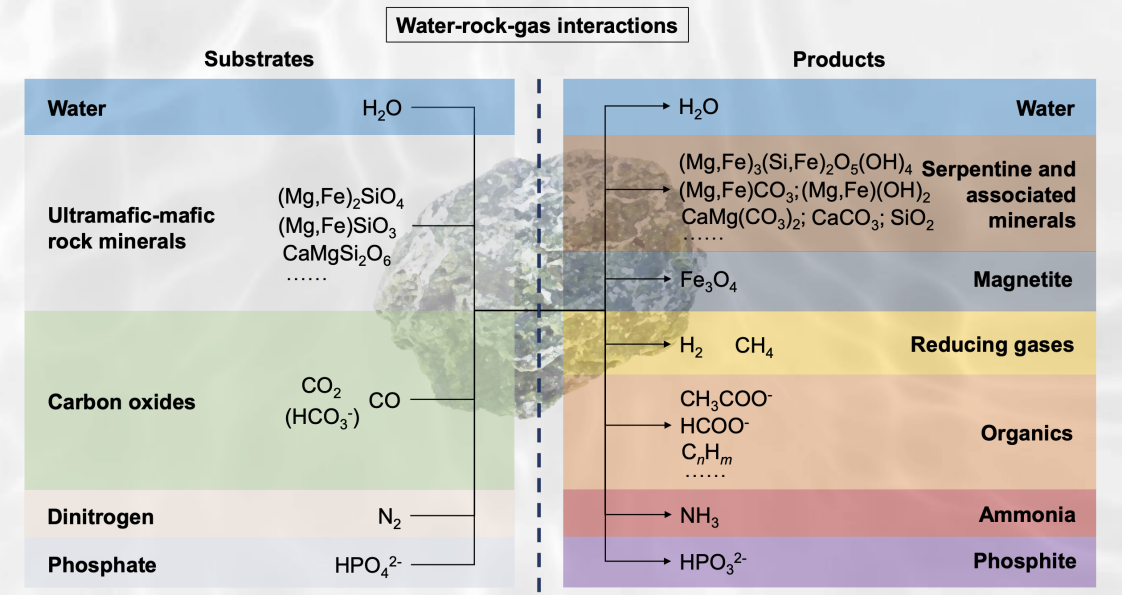In the disciplinary field of astrobiology, which investigates the origin and preservation of biological materials on celestial bodies, serpentinization has garnered significant attention due to its unique environments, substrates, and the reducing gases it generates (notably dihydrogen and methane). Scientists from IGGCAS have highlighted that the presence of serpentine minerals is indicative of various aspects related to habitability. Their findings, published in Nature Astronomy, suggest that serpentine offers a more reliable indicator of habitable conditions in the Solar System compared to singular diagnostic.
A primary objective of current and future space exploration missions is the search for habitable conditions and potential signs of extraterrestrial life within Solar System. Traditionally, space agencies have focused on detecting specific diagnostic (e.g., water, carbon, nitrogen, phosphorus or energy sources) that play an important role in supporting life. However, relying on a single life-essential element presents inherent limitations.
The researchers propose a novel approach called "follow the serpentine". Thus, strategy integrates multiple aspects of habitability, as serpentine minerals contribute to conditions favorable for life. These include the supply of water, organic molecules, bioavailable essential elements, energy sources, greenhouse gases, and preservation-friendly environments.
The process of serpentinization is intrinsically tied to the presence of water and even has the capability to sustain water sources. Its strong reducing environment facilitates the production of dihydrogen, methane, organics and likely ammonia and phosphite, thereby supplying essential life-supporting elements and energy gradients. Moreover, greenhouse gases like carbon dioxide and methane, which are by-products of this process, can contribute to warming local environments on otherwise freezing celestial bodies, such as Mars, icy moons, and certain exoplanets. In addition to its role in habitability, serpentine and its associated minerals (e.g., carbonate, and magnetite) create preservation-friendly milieus for organic or biogenic materials.Unlike other compounds containing life-essential elements-containing compounds (e.g., nitrate, nitrite, ammonium, phosphide and phosphite), serpentine minerals are geologically stable over vast timescales. They are also more easily detectable through spectroscopic payloads onboard spacecraft. The presence of serpentine not only suggests a variety of habitability-enhancing conditions but also provides a valuable target for prebiotic chemistry and detecting potential extraterrestrial life. By integrating diverse aspects of planetary habitability, serpentine offers a robust framework for astrobiological exploration.This work was supported by the National Natural Science Foundation of China, IGGCAS, and the China Postdoctoral Science Foundation.

Figure 1: Reactions in serpentinization-associated processes related to habitability. (Image by SHEN Jianxun)
Contact Information:
Prof. LIN Wei
Institute of Geology and Geophysics, Chinese Academy of Sciences
Phone: 86-10-82998779
E-mail: weilin@mail.iggcas.ac.cn